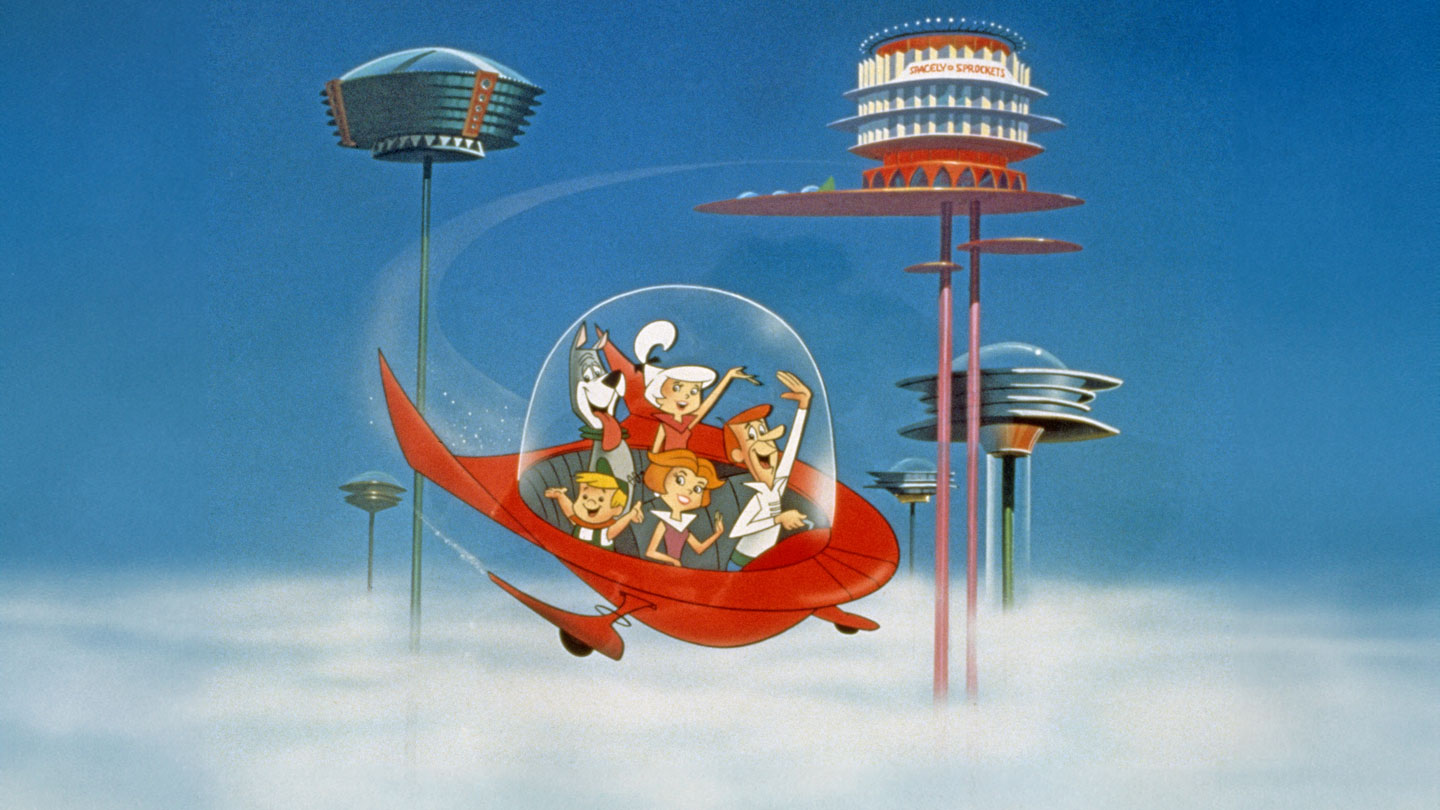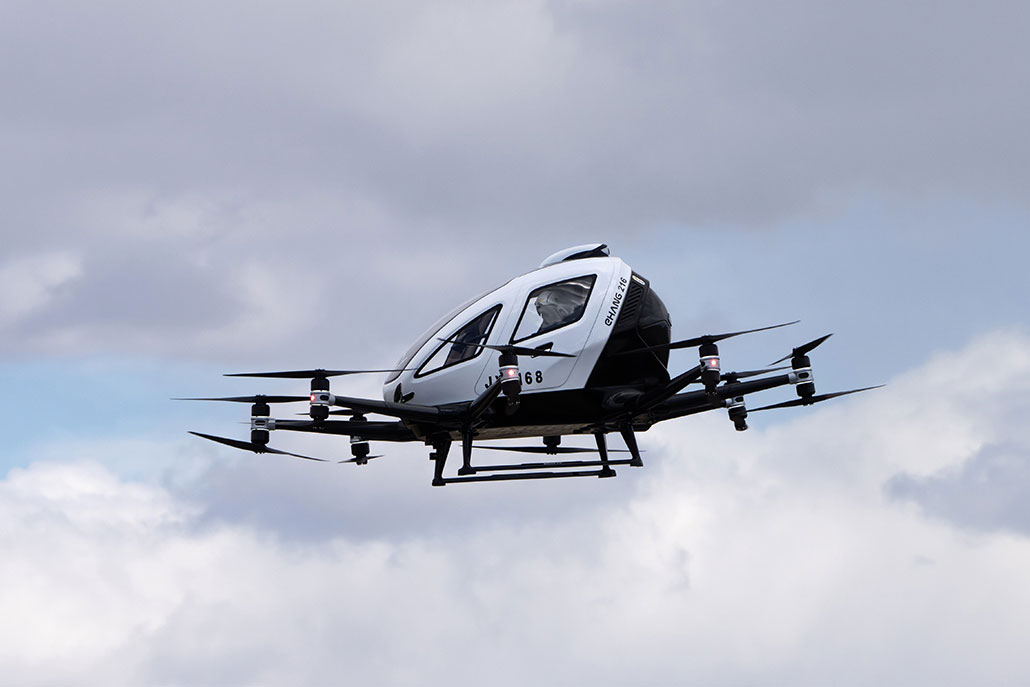Reflecting on the tenets that shape our educational practices is fundamental for …
The Elusive Dream of Flying Cars
Emma Wordsmith

Children like Tola Martins in Disney’s Iwájú don’t use cars to get to school, they fly. This fantasy of flying to school has been portrayed in various movies and stories, such as Harry Potter and Ron Weasley missing the train to Hogwarts and Flint Lockwood battling a giant spaghetti storm in Cloudy with a Chance of Meatballs.
While flying cars have been a prominent feature in sci-fi and fantasy narratives for over a century, they have not yet become a reality in our actual world. With ongoing technological advancements, the possibility of flying cars becoming a common sight in the future is not far-fetched. However, the practicality and design of these vehicles may differ from their cinematic representations.

According to aerospace engineer Xiaosong Du from Missouri University of Science and Technology, the technology required for flying cars already exists, and various companies, including Terrafugia, are actively working on bringing flying cars into reality through prototypes like Joby Aviation’s air taxi and Airbus’ Vahana. The development and integration of helicopter and airplane technologies play a crucial role in the potential success of flying car innovation.
Du explains that the key to operational flying cars lies in a hybrid approach that combines helicopter-like vertical takeoff mechanisms with traditional airplane features for efficient flight. By generating lift through rotating blades and propellers, flying cars can overcome the limitations of conventional runways and enable vertical takeoff capabilities.
Once airborne, a flying car can transition into a conventional airplane-like flight mode by extending its airplane wings for enhanced aerodynamics and reduced air resistance. Alternative designs propose the use of propellers attached to the car’s wings, allowing for a transformative shift resembling the fictional concept of a “Transformer,” as described by Pat Anderson, a former director at the Eagle Flight Research Center.
Contrary to the futuristic portrayal of flying cars in science fiction, current prototypes and designs resemble two-winged military choppers, akin to those seen in the Avatar movies, emphasizing functionality and efficiency over extravagant aesthetics.
The potential integration of flying cars into mainstream transportation systems extends beyond entertainment value, aiming to utilize additional spatial dimensions for efficient travel. By incorporating vertical mobility through flying vehicles, the congested road networks of today could see a transformative shift towards a three-dimensional transportation paradigm, offering enhanced accessibility and reduced travel times.
Despite the promising prospects of flying cars, significant hurdles, such as cost barriers and regulatory frameworks, impede their widespread adoption. Companies like Alef Aeronautics plan to introduce flying cars with dual-road-and-air capabilities, but the high costs associated with production and maintenance pose challenges for mass accessibility.
The vision of a rideshare service for flying cars, similar to commercial ground-based platforms like Uber and Lyft, may present a more feasible approach for broader public use, circumventing individual ownership constraints.
While some companies aim to launch flying cars in the near future, the realization of flying Ubers and widespread aerial transportation services may require extensive testing, regulatory approvals, and safety protocols by aviation authorities like the U.S. Federal Aviation Administration.
Consequently, advancements in battery technology and energy efficiency are pivotal for sustaining the aerial operations of flying cars, given the demanding power requirements during takeoff and flight. Researchers, including Xiaosong Du, are actively exploring ways to enhance battery performance and longevity for optimal flying car functionality.
Discover more about batteries
Enhancing battery efficiency is crucial for extending the flight duration of flying cars, as existing lithium-ion batteries offer limited support for airborne travel. As researchers tackle the challenge of improving battery capabilities, the potential integration of self-driving technology could further enhance the operational efficiency and safety of flying vehicles, potentially reshaping future transportation landscapes.
.cheat-sheet-cta {
border: 1px solid #ffffff;
margin-top: 20px;
background-image: url(“https://www.snexplores.org/wp-content/uploads/2022/12/cta-module@2x-2048×239-1.png”);
padding: 10px;
clear: both;
}
Do you have a science question? We can help!
Send us your inquiry here, and you might find the answer in an upcoming edition of Science News Explores



